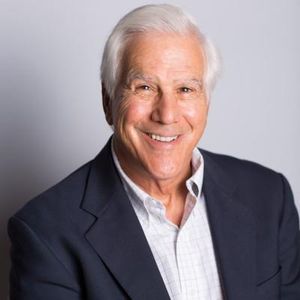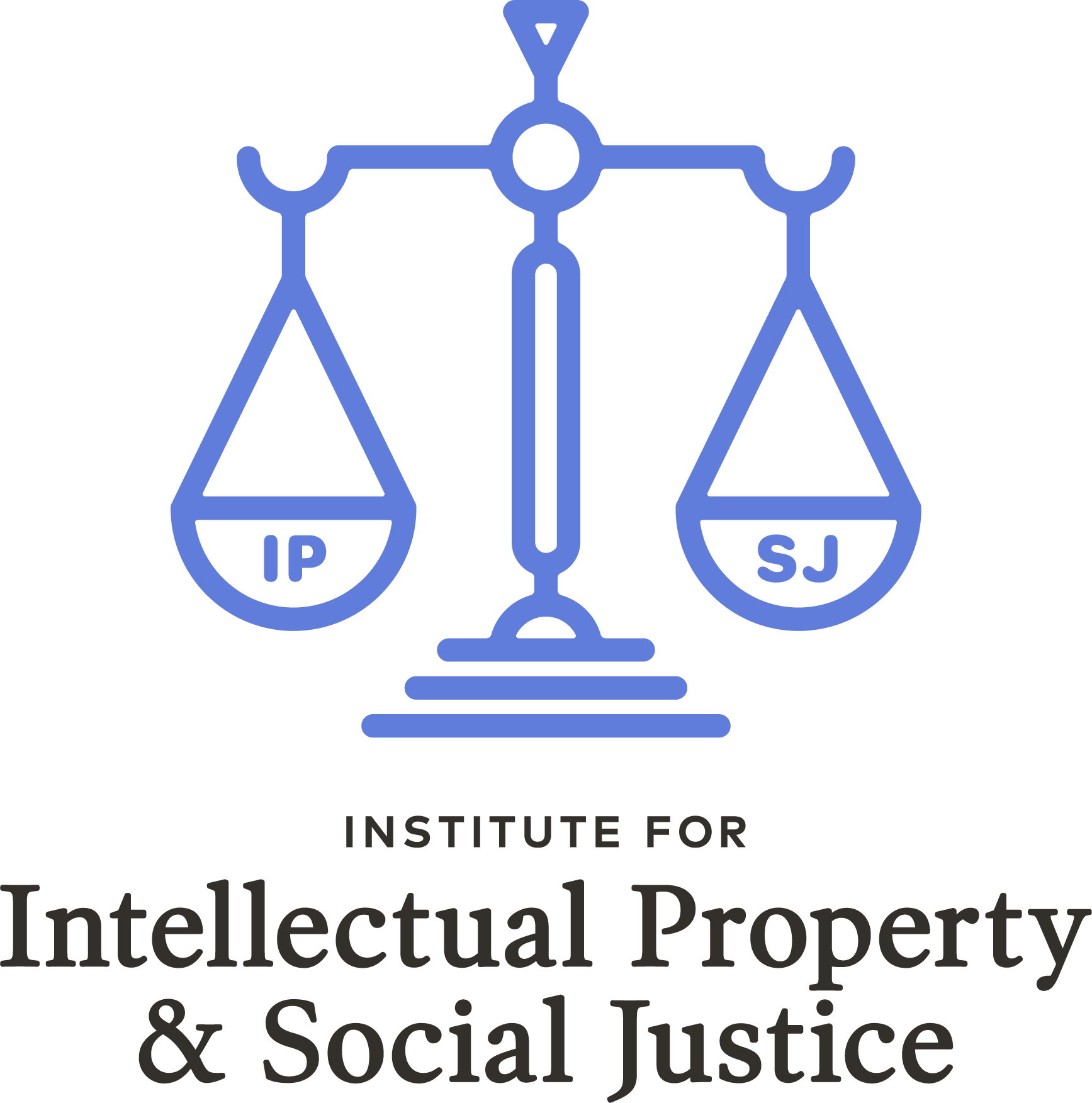NCAA’s Proposed NIL Regulations Are an Antitrust Violation Waiting to Happen
 by Ronald S. Katz
by Ronald S. Katz
The NCAA is no stranger to antitrust violations. Defendant in a landmark U.S. Supreme Court antitrust case in 1984, the NCAA has been on the wrong side of two Ninth Circuit decisions in the past five years (a blink of the eye in antitrust time). That record of recidivism, however, has not stopped the NCAA from, once again, ignoring the free market and proposing new regulations (“Proposal”) on the sale of the names, images and likenesses of college athletes. The Proposal, not surprisingly, runs afoul of those earlier court decisions.
Names, images and likenesses have been sold since time immemorial in a free market. Of course, in a free market, these transactions are confidential. How much someone is being paid for a name, image or likeness is clearly competitively sensitive information.
Such confidentiality will not exist in the contracts of college athletes, however. According to the NCAA’s October 14, 2020 press release on the Proposal, “student-athletes would be required to disclose name, image and likeness activities including compensation arrangements and details of relationships developed through the process.” Such disclosures would be made to what the press release calls “a third-party administrator.”
Also, a free market enables competitors to deal with whom they please. According to the press release, however, there will be significant restrictions on the college athletes. First, they cannot “particpate in activities involving a commercial product or service that conflicts with NCAA legislation (such as sports wagering or banned substances) … ” However, sports betting and so-called banned substances like cannabis are, of course, legal in many states.
More ominously, according to the press release, “schools would have the opportunity to prohibit activities that conflict with school values or existing sponsorship arrangements.” Because many of the schools have sponsorship arrangements with major sports equipment/apparel companies like Nike and Adidas, this is a significant curtailment of competition. As for “school values,” this hopelessly vague phrase has the potential of blotting out all NIL activity by college athletes.
Measuring the Proposal against the major antitrust cases lost by the NCAA paints a clear picture of antitrust violations on the horizon. The 1984 U.S. Supreme Court case, for example, NCAA v. Board of Regents of the University of Oklahoma, 468 U.S. 85 (1984), involved the NCAA’s policy of curtailing the number of football games a school could televise, much as the Proposal curtails the quantity of names, images and likenesses that a college athlete can sell.
The Supreme Court’s holding was foursquare against the NCAA: “that the record supports the District Court’s conclusion that, by curtailing output and blunting the ability of member institutions to respond to consumer preference, the NCAA has restricted, rather than enhanced, the place of intercollegiate athletics in the Nation’s life. Accordingly, the judgment of the Court of Appeals [against the NCAA] is Affirmed.”
The Proposal does not fare any better under the 2015 Ninth Circuit case, 0 ‘Bannon v. National Collegiate Athletic Association, 802 F.3d 1049 (20!5). That case involved paying athletes for their names, images and likenesses, which was completely forbidden at that time.
The Ninth Circuit held that higher educational institutions were prohibited from preventing such payments up to the cost of attendance at an institution of higher education: “In this case, the NCAA’s rules have been more restrictive than necessary to maintain its tradition of amateurism in support of the college sports market. The Rule of Reason [of the Sherman Antitrust Act] requires that the NCAA permit its schools to provide up to the cost of attendance to their student athletes.”
The Proposal also does not meet the standards of the 2020 Ninth Circuit case, In re National Collegiate Athletic Association Athletic Grant-in-Aid Cap Antitrust Litigation, No. 19-15566 (May 18, 2020). That case involved paying athletes for education-related expenses. The Ninth Circuit opinion prohibited the NCAA member schools “from enforcing rules that restrict the education-related expenses that its member institutions may offer students who play Football Bowl Subdivision football and Division I basketball.” Again, the Ninth Circuit’s holding was crystal clear: “the district court properly concluded that NCAA limits on education-related benefits do not ‘play by the Sherman Act’s rules.”‘
Based on the above, the Proposal, if it is enacted by the NCAA, will violate the antitrust laws. As Senator Richard Blumenthal of Connecticut was quoted in the November 14, 2020 issue of USA Today, the Proposal was “functionally useless” and “will do little to change the current exploitive state of college athletics.”
Ron Katz is a Senior Counsel at GCA Law Partners LLP in Mountain View, California. A co-author of the textbook Sport, Ethics and Leadership (Routledge, 2017), he will be speaking on the subject covered above at the 2021 IP and Social Justice CLE this coming March 5.
For more on this topic, check out these posts:
Recent Name/Image/Likeness Legislation Will Change the NCAA (or Not)
The California Fair Pay to Play Act- Finally IP Social Justice for Student Athletes
